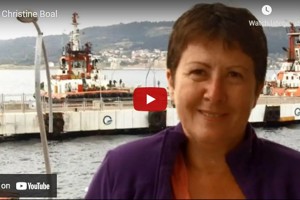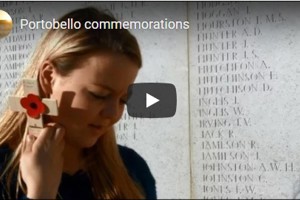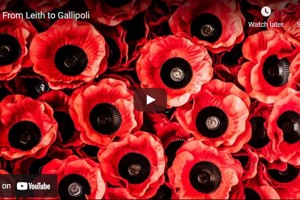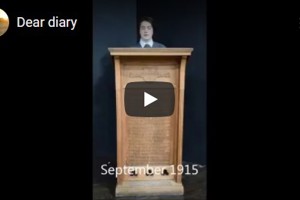Two Edinburgh schools – Leith Academy and Portobello High School – travelled out to Gallipoli with us in October 2015. The photos on this page give a taster of the trip.
See also our blog and the interviews with the students and teachers here.
Two of the students made films of their visits – see one of them here.
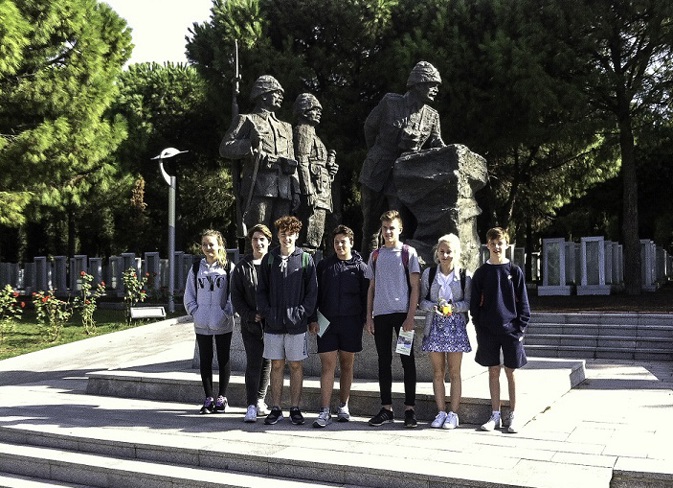
Students visiting Turkish Abide memorial, by the statue of Mustafa Kemal Atatürk (photo: R. Clutterbuck)
Edinburgh has strong connections to the Campaign. Volunteer soldiers from Leith joined the Royal Scots Regiment and 216 of them were killed in Britain’s worst-ever rail disaster at Quintinshill, on their way to Liverpool and Gallipoli. The school picked up the story of the men who survived the rail crash.
Portobello has Edinburgh’s beach on the Firth of Forth, and soldiers left there for the much more dangerous beaches of Gallipoli in 1915. The school still has their records and some of today’s students traced their forebears’ footsteps in Gallipoli and visited the graves of the ones that never came home.
We were contacted by George Heriot’s School in Edinburgh, many of whose ex-pupils joined the same regiment as the Portobello lads. See here for more details.
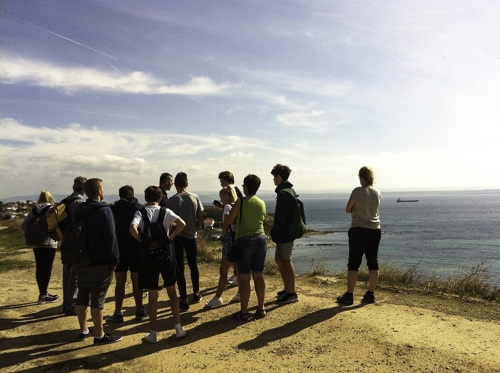
Overlooking V beach, scene of the 25th April Gallipoli landings, with the Dardanelles Straits in the background (photo: R. Clutterbuck)
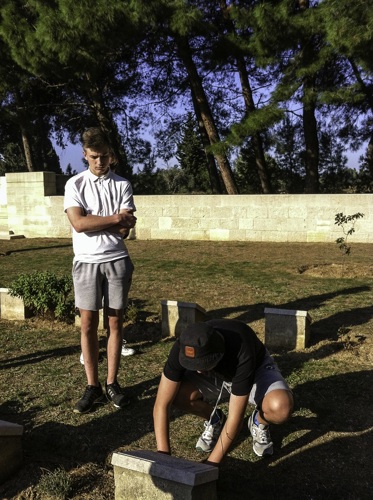
Leith Academy students commemorating 2nd Lt W Hislop , 1/5th Royal Scots, at Redoubt Cemetery (photo: R. Clutterbuck)
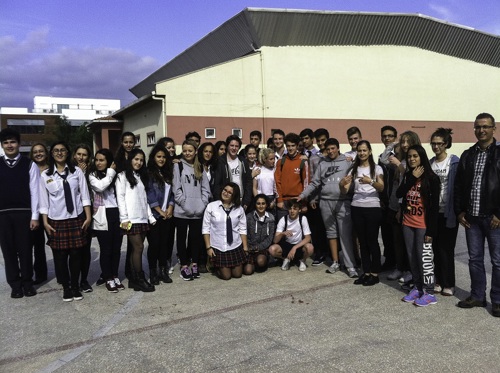
Meeting students from Çanakkale Ibrahim Bodur Anatolian High School was a high point of the trip (photo: R. Clutterbuck)
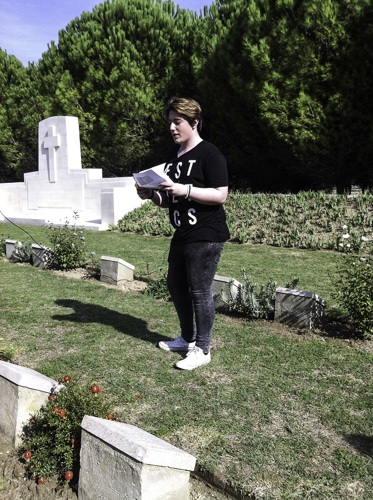
One of the Portobello students commemorates Pte D Swan, 1/4th Royal Scots, Skew Bridge Cemetery (photo: R. Clutterbuck)
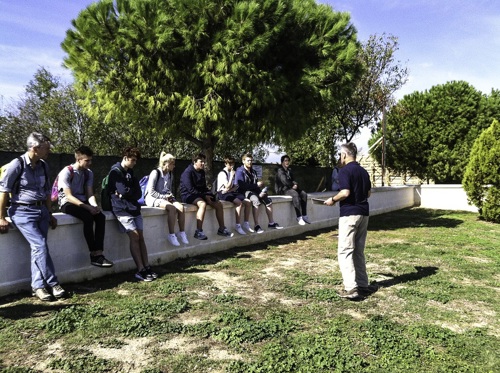
Students at Morto Bay, learning about the naval and submarine campaign of February to March 1915 (photo: R. Clutterbuck)
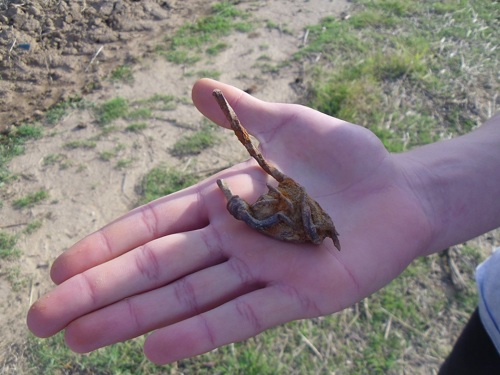
One of the Leith Academy students found some barbed wire on the spot where many of the Royal Scots soldiers fought (photo: R. Clutterbuck)
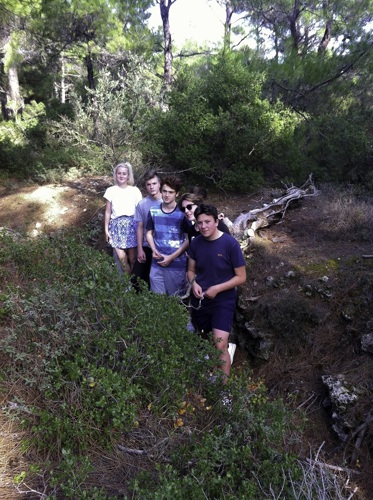
Although overgrown with trees since 1915, there are still deep trenches in many places at Gallipoli (photo: R. Clutterbuck)
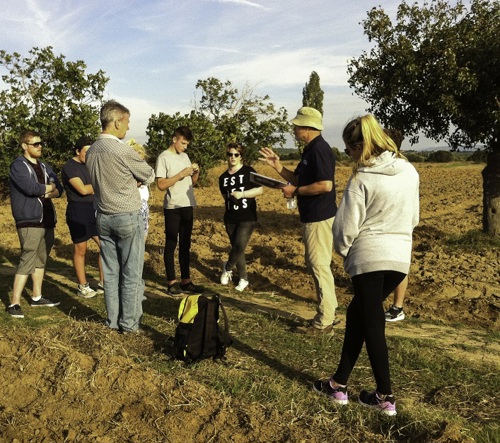
On the actual spot where so many of the Royal Scots soldiers were killed in June 1915, near Gully Ravine and Krithia (photo: L. Thow)


